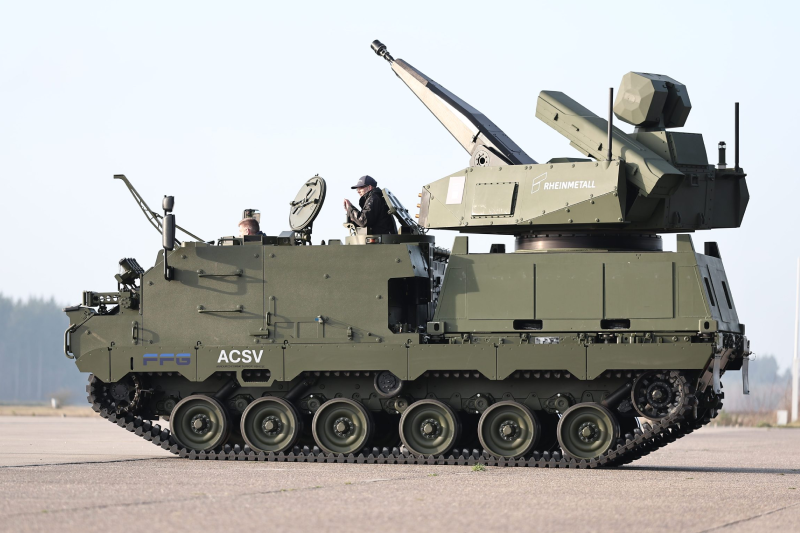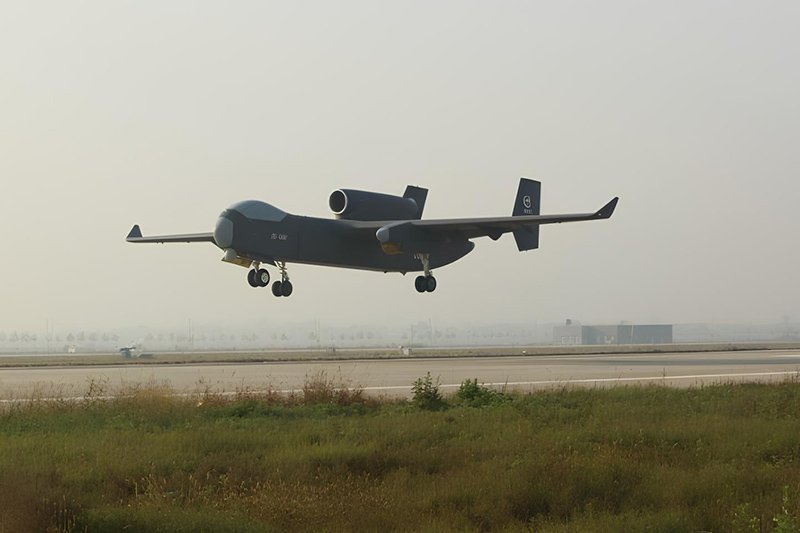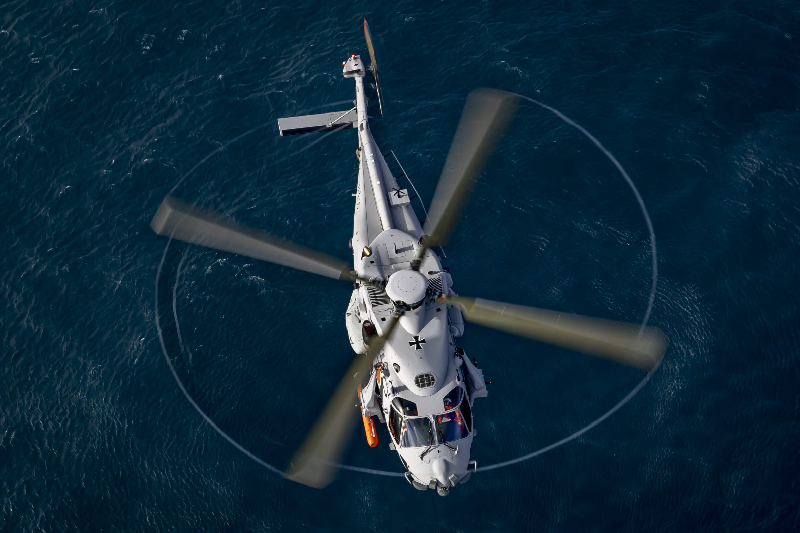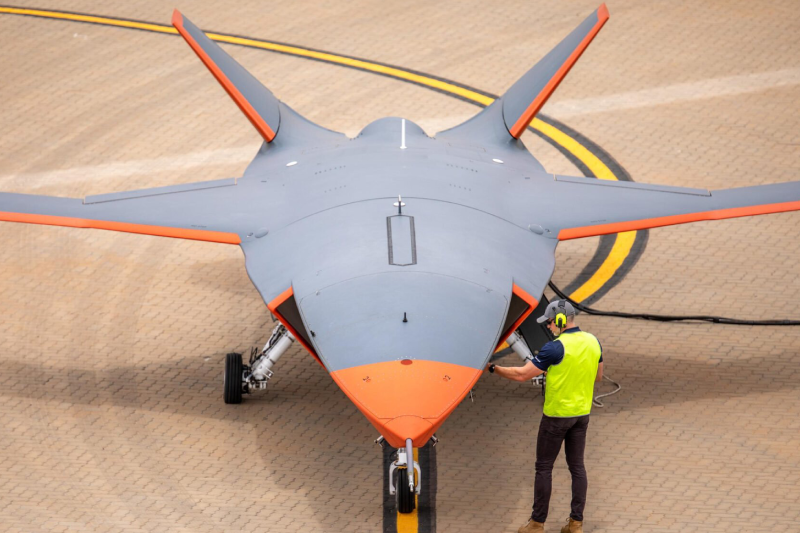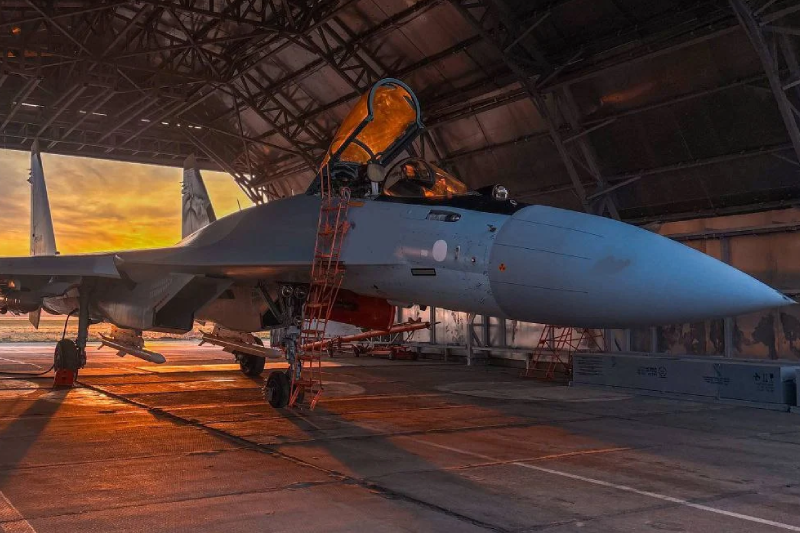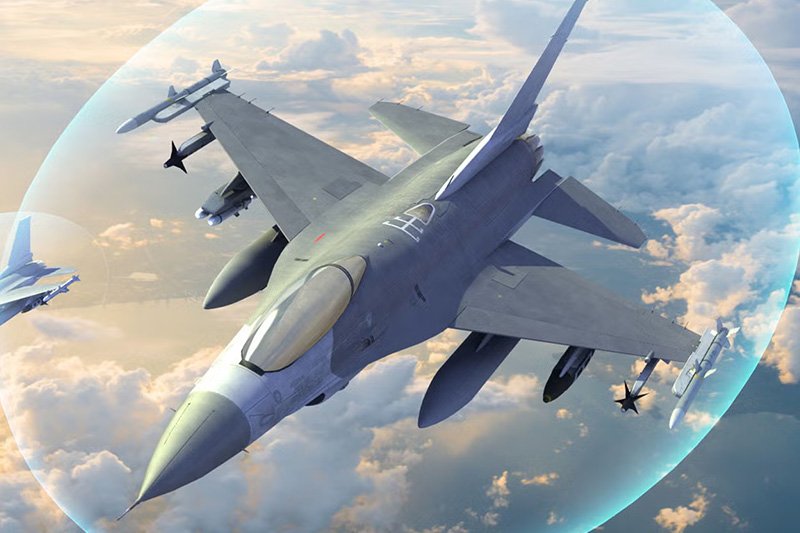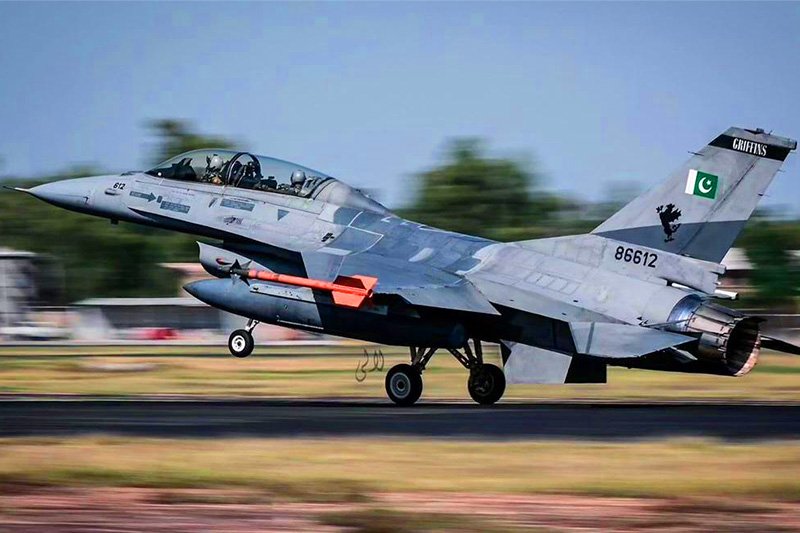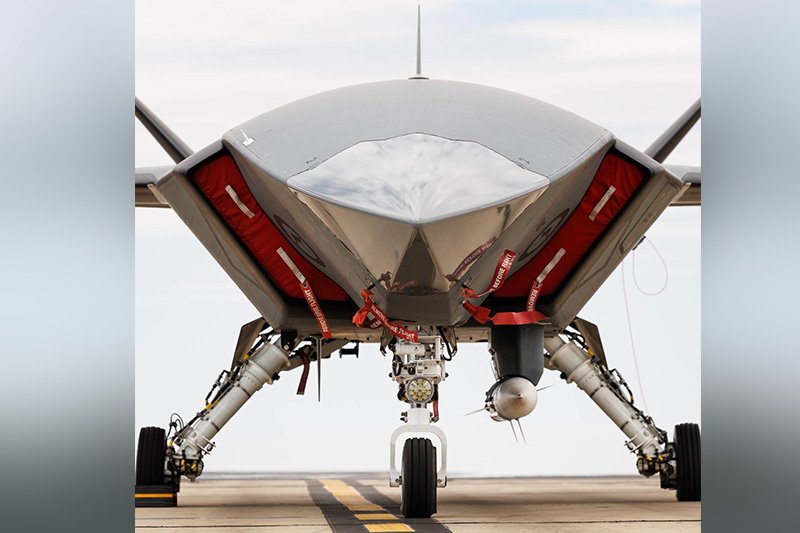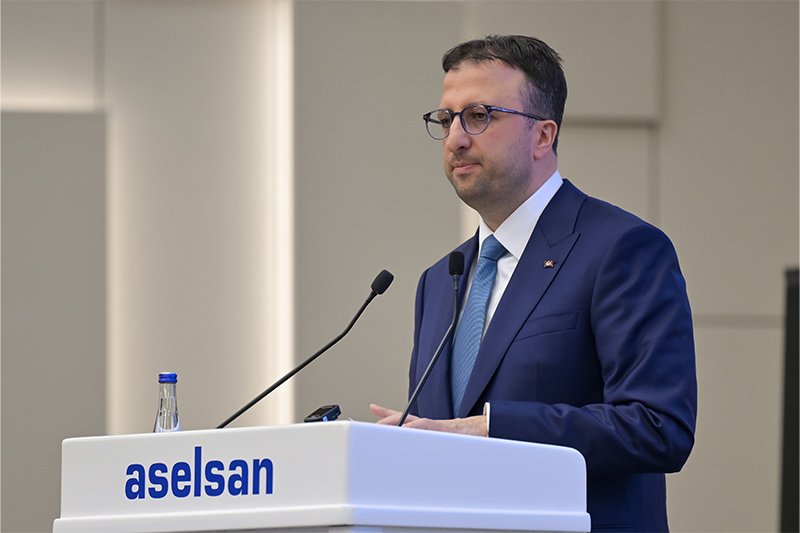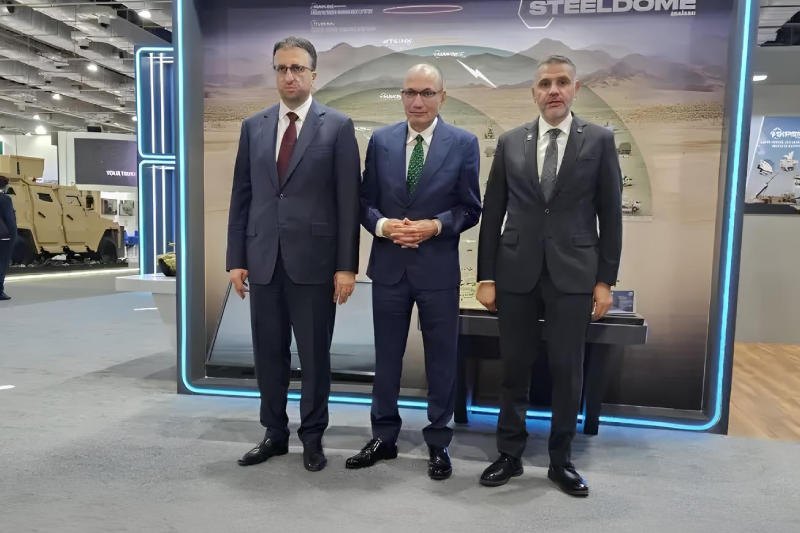North Korean Long-Range Artillery Systems Spotted in Russia
Recent developments have revealed the presence of North Korean 170-mm M1989 “Koksan” self-propelled artillery units in Russian territory. This significant military hardware transfer, highlighted under the title “North Korean Long-Range Artillery Systems Spotted in Russia,” marks a notable shift in international defense relationships and warrants detailed analysis of the system’s capabilities and potential strategic implications.
Historical Background and Development
The M1989 “Koksan,” deriving its name from its city of first observation, represents North Korea’s advancement in long-range artillery systems. Developed in the 1980s, this artillery system emerged as a sophisticated upgrade to earlier models, demonstrating North Korea’s growing military industrial capabilities. The system’s western designation “M1989” reflects its first public appearance year, marking a significant milestone in artillery development.
Technical Specifications and Capabilities
The M1989 features a sophisticated design incorporating a 170-mm gun mounted on a modified tank chassis, typically adapted from T-54, T-62, or Chinese Type 59 tanks. This advanced artillery system exists in two primary variants: the baseline M1979 model and the enhanced M1989 version. The latter’s improvements include an integrated ammunition storage system capable of housing 12 rounds and an enhanced protective cabin for crew safety.
Performance and Combat Range
The system’s impressive capabilities include:
- Maximum effective range of 40 kilometers using conventional ammunition
- Extended range of up to 60 kilometers with rocket-assisted projectiles
- Operational firing rate of one to two rounds per five-minute interval These specifications position the M1989 as a formidable long-range artillery platform, particularly suitable for strategic deployment and counter-battery operations.
Historical Combat Experience
The M1979 variant’s combat deployment during the Iran-Iraq War (1980-1988) demonstrated its effectiveness, particularly in counter-battery roles. This real-world combat experience provides valuable insights into the system’s operational capabilities and potential strategic value in modern conflicts.
Also read this: Russia Secures First Export Deal for Su-57 Fighter Jet
Strategic Implications
The appearance of these North Korean artillery systems in Russia suggests a significant development in military cooperation between the two nations. This transfer could potentially enhance Russian artillery capabilities, particularly in ongoing military operations. The deployment of such long-range artillery systems could influence the dynamics of modern battlefield operations and strategic planning.
Keep connected with us at Facebook, Twitter, YouTube, Instagram & TikTok for latest defense happening around the globe.
Discover more from International Defence Analysis
Subscribe to get the latest posts sent to your email.


